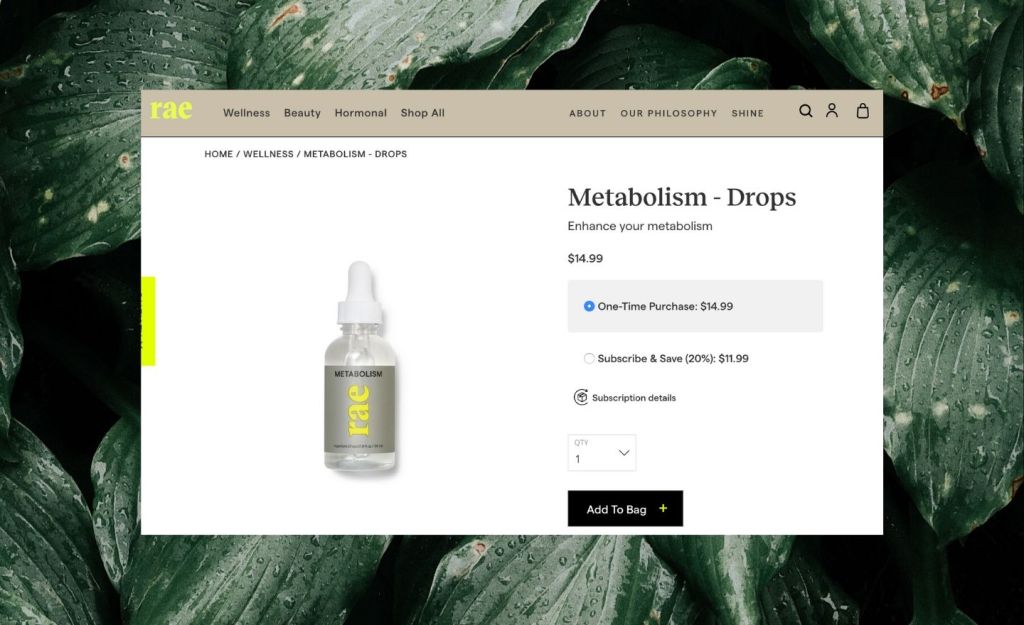For the one percent of the population who have celiac disease, eating gluten-free (GF) foods is much more than the latest fad. It is imperative for good health and can be a matter of life and death.
People who have celiac disease spend a lot of time and energy making sure that there is no gluten in the food they eat, however, maintaining this diet can be difficult.
Videos by VICE
An adult without celiac disease generally consumes, on average, between 5 and 15 grams of gluten per day. Those with celiac disease are advised to eliminate gluten entirely. For some, even 50 milligrams a day can cause symptoms and distress.
A new study suggests that, despite best efforts, it may be even more difficult than previously thought to remain gluten free, even for those with a keen awareness of how to successfully keep gluten out of a diet.
The study wanted to investigate how much gluten people were getting into their system, even when following a strict gluten-free diet. The researchers performed a meta-analysis on data from two different clinical programs.
There were different ways that gluten consumption was estimated including measuring the amount of undigestable gluten breakdown products (or gluten immunogenic peptides (GIPs) in stool and urine samples. Gluten was also measured in the context of a clinical trial for a new medication for celiac disease by looking at the changes to the intestine.
More from VICE:
So how much gluten did people on strict gluten-free diets consume? The researchers estimate that, typically, celiac disease patients consume up to 244 mg of gluten per day. The study estimated the average to be from 150–400 mg using the stool test and 300–400 mg using the urine test.
This means that many people who think that they are maintaining a 100 percent gluten-free diet are, indeed, ingesting enough gluten to cause both intestinal damage and potential symptoms.
Although this work is preliminary and based on previous reports, this is an important finding for people with celiac disease. There needs to be more work done on this and to answer the next big question: Where is the hidden gluten coming from?
Sign up for our newsletter to get the best of Tonic delivered to your inbox weekly.
Julianna LeMieux is a senior fellow in molecular biology with the American Council on Science and Health.
This article first appeared on the American Council on Science and Health. Read the original article.




